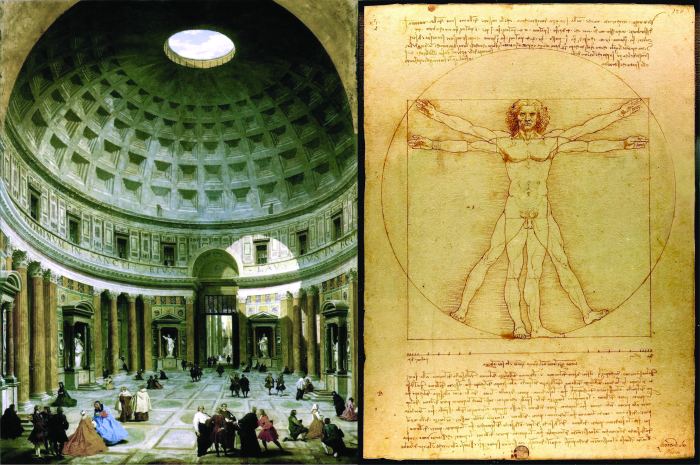 This has been a tumultuous year.
This has been a tumultuous year.
The events of December 18, 2010 set off the Arab Spring nearly on the eve of the new year. The distrust, disgust, and dissatisfaction with the current economic, political, and social conditions quickly spread throughout much of the Middle East and North Africa.
Tunisia and Egypt both ousted their long-standing presidents and overthrew the governments (Ben Ali for 24 years and Mubarak for 30 years). Libya erupted in civil war resulting in the fall of its long-standing regime under Gaddafi for 42 years.
Of course Uncle Sam has been reeling with his own financial problems and political dissidence. People are unemployed, foreclosed upon, living with little or no health insurance, and in major debt. They are the 99%.






 Of all the books of the Bible, none other tops the Hot 100 chart more consistently than Psalms.
Of all the books of the Bible, none other tops the Hot 100 chart more consistently than Psalms.


